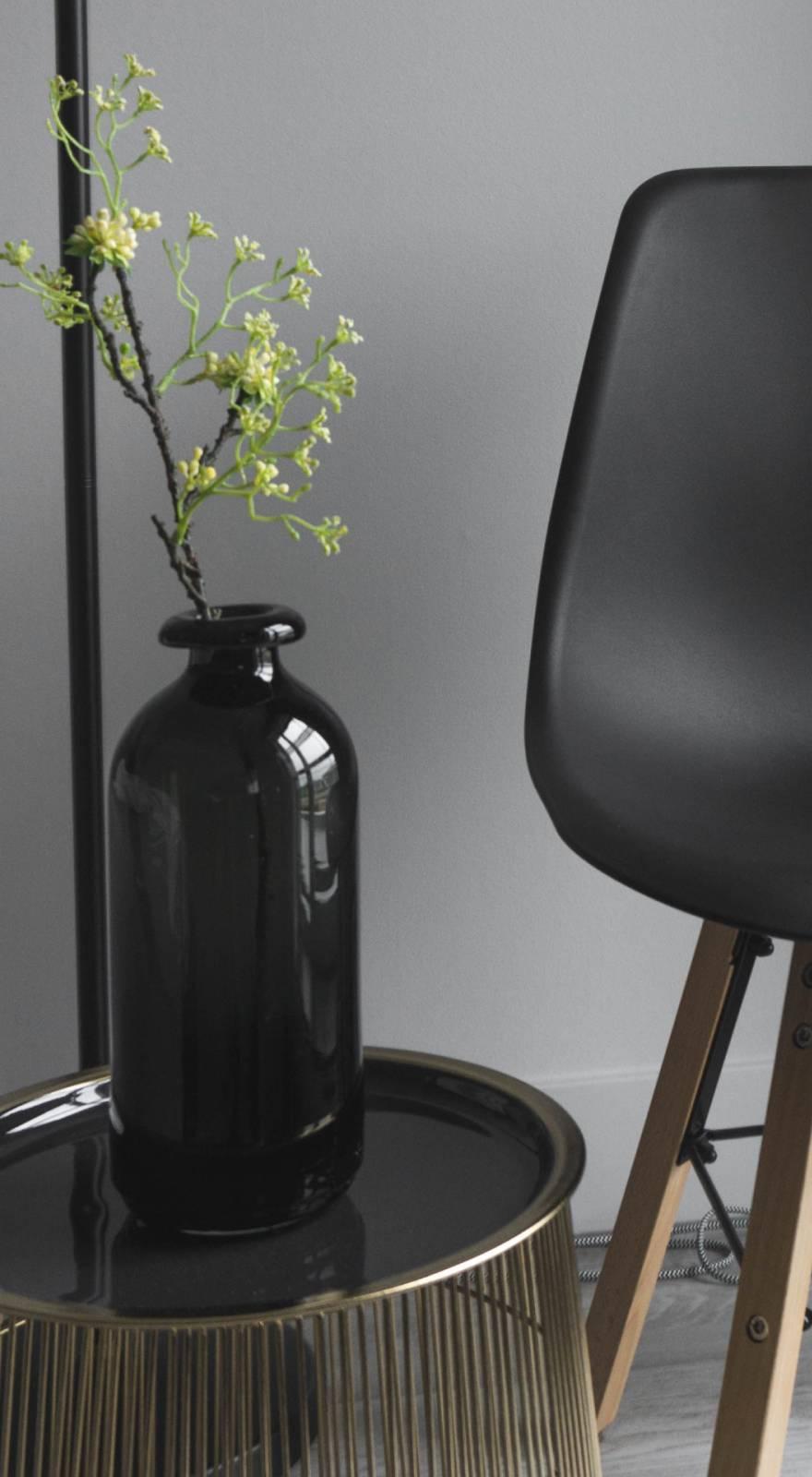Knowde Enhanced TDS
Identification & Functionality
- Chemical Family
- Chemical Name
- CASE Ingredients Functions
- Industrial Additives Functions
- Crystal Modification
- Anatase
- CAS No.
- 13463-67-7
- EC No.
- 236-675-5
Features & Benefits
- CASE Ingredients Features
Applications & Uses
- Applications
- Applicable Processes
- Application Area
- Compatible Polymers & Resins
- Compatible Substrates & Surfaces
- Industrial Additives End Use
- Application pH Range
- 3 - 11
- Applications
KRONOClean 7050 is optimized for photoactivity in UV radiation and can be used:
- To eliminate unwanted odors (e.g. automotive exhaust gasses, kitchen smells)
- For air purification (nitrogen oxides, sulphoxides, chlorinated hydrocarbons, and similar) - outdoors
- In coatings on plastic films, window profiles, paints, concrete, etc.
- For easy-to-clean and self-cleaning of surfaces
Properties
- Physical Form
- Typical Properties
- Properties
- Is an ultra-fine TiO2 with no pigmentary properties
- Catalyzes the degradation of organic and inorganic molecules when irradiated with UV radiation
- Is a white powder and has virtually no coloring properties in the quantities generally required
- Is resistant towards gasses, solvents, mid-range temperatures and pH values between 3 and 11
- Successfully suppresses the formation of NO2 (more than 70 %) compared to conventional TiO2-catalysts
- Note
Methods of determination:
1 internal standard method
2 Irradiance = 10 W/m2
3 Irradiance = 1700 lux; Part of UV(A) radiation <11 mW/m2
| Value | Units | Test Method / Conditions | |
| Bulk Density | 300.0 | g/l | — |
| Crystallite Size | approx. 15 | nm | — |
| Degradation | NOx | μmol/(h·m2) | DIN EN ISO 22197-1 |
| Density | 3.9 | g/cm³ | DIN EN ISO 787-10 |
| Oil Absorption¹ | approx. 61 | g/100 g | — |
| Processing Temperature | max. 500 | °C | — |
| Specific Surface Area (BET) | min. 225 | m²/g | — |
| Titanium Dioxide Content | min. 85.0 | % | DIN EN ISO 591 |
| UV(A) Radiation² | 596.0 | — | DIN EN ISO 22197-1 |
| Visible Light³ | 15.0 | — | DIN EN ISO 22197-1 |
| Water Demand¹ | approx. 280 | g/100g | — |
Regulatory & Compliance
- Certifications & Compliance
- Quality Standards
Packaging & Availability
- Packaging Type

